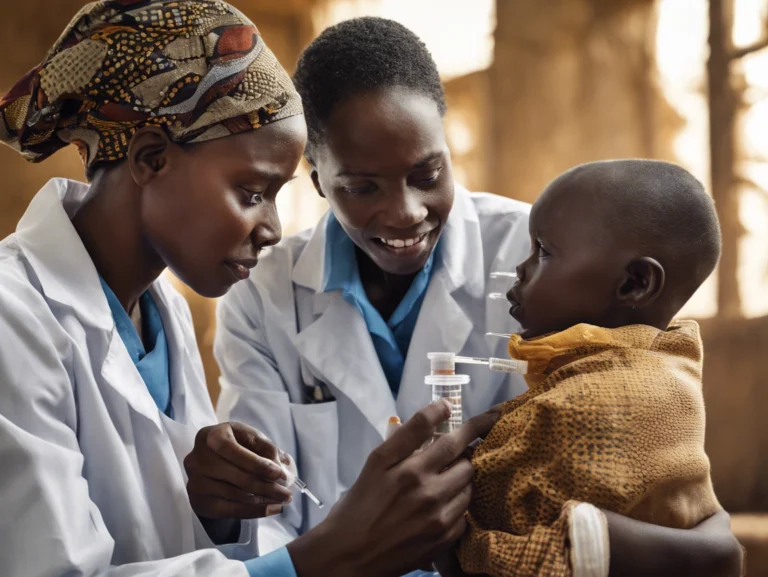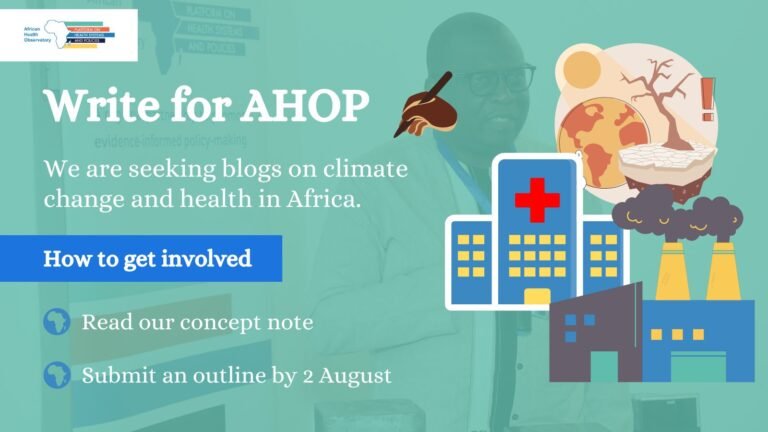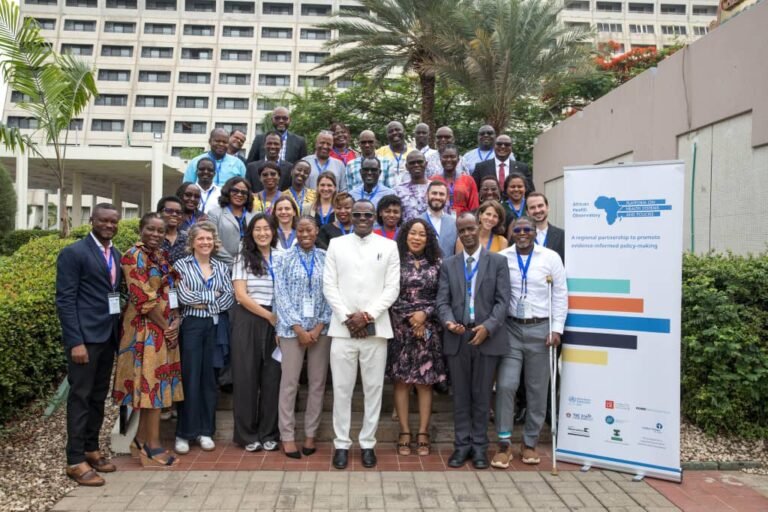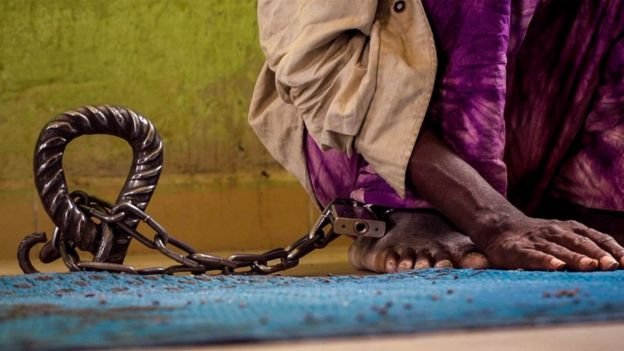Quarterly Research Spotlight from the Health Policy Research Group, University of Nigeria (Covering January to March 2025)

HPRG spotlights summaries of its 14 studies published between January and March 2025, showing how they can inform health policies in Nigeria.









